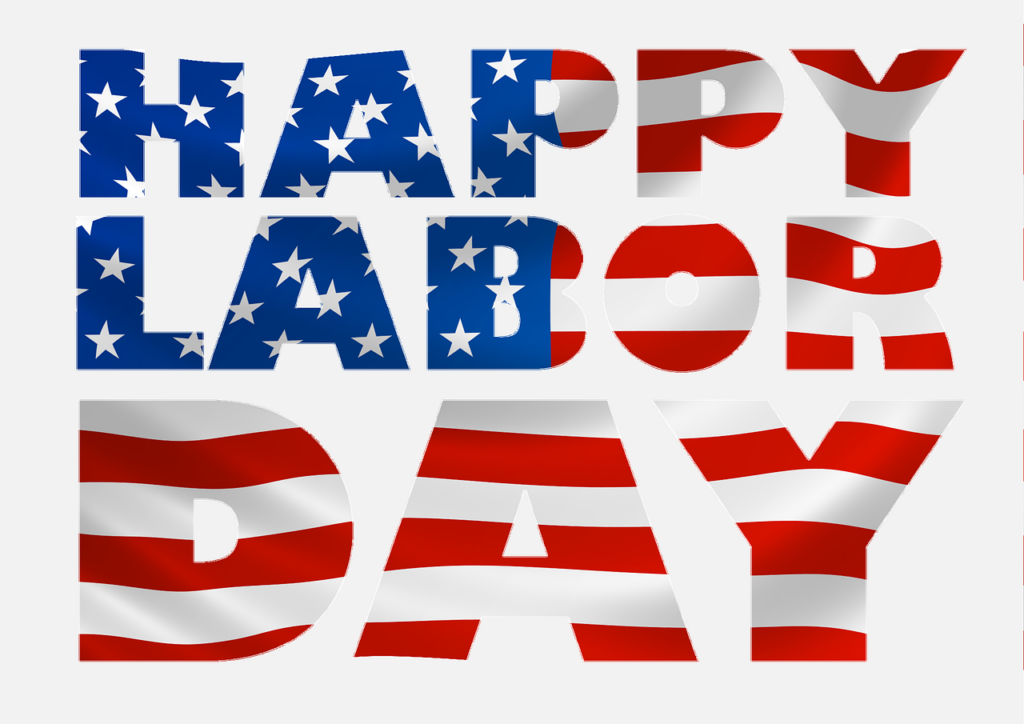The Origins of Labor Day May SURPRISE You
For most people, Labor Day signals the unofficial end of summer. It’s typically celebrated with backyard barbecues and pool parties, but Labor Day is so much more.
According to the Department of Labor, Labor Day is an annual celebration of the social and economic achievements of American workers. It actually dates back to the late nineteenth century, when labor activists pushed for a federal holiday to recognize the many contributions workers have made to America’s strength, prosperity, and well-being.
The first Labor Day holiday was celebrated on Tuesday, September 5, 1882, in New York City, in accordance with the plans of the Central Labor Union. By 1894, more than 30 states had adopted the holiday, and on June 28, 1894, President Grover Cleveland signed a law making the first Monday in September of each year a national holiday: Labor Day.
The parades, picnics, and parties we celebrate today, are actually deeply rooted in the Labor Day foundation. The first proposal for a holiday suggested that the day should be observed with a street parade to exhibit “the strength and esprit de corps of the trade and labor organizations” of the community, followed by a festival for the recreation and amusement of the workers and their families.
While Labor Day may celebrate the American worker, we must also recognize retirees and all of their hard work over the years. In their honor, why not consider adding your name to The Seniors Trust’s petition to Congress to enact the Social Security Expansion Act? It will increase monthly Social Security benefits, establish a fairer cost-of-living adjustment, and secure the long-term solvency of our Social Security program ensuring it is still able to provide full benefits when today’s workers reach retirement age.




